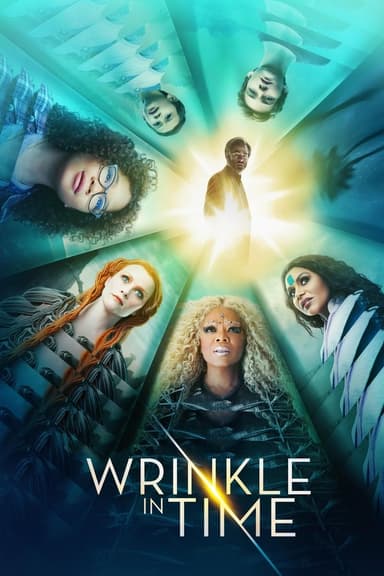
Being There
1979 • Comedy, Drama • PG
A simple-minded gardener named Chance has spent all his life in the Washington D.C. house of an old man. When the man dies, Chance is put out on the street with no knowledge of the world except what he has learned from television.
Runtime: 2h 10m
Why you should read the novel
The novel 'Being There' offers a profoundly nuanced exploration of society’s obsession with surface appearances and misunderstood wisdom. Jerzy Kosinski's incisive prose allows readers to become fully immersed in Chance’s silent, perplexing world. By reading the novel, you’ll experience inner perspectives, subtleties, and ambiguities that can be lost in cinematic translation.
Kosinski’s language evokes a powerful atmosphere, weaving layers of irony and dark comedy that linger beyond the page. The book’s introspective moments and internal monologues reveal the true emptiness and accidental genius of Chance in ways viewers may miss.
Diving into the novel also means engaging directly with questions about authenticity, interpretation, and media manipulation, themes explored with more psychological depth than possible on screen. Reading 'Being There' provides a richer, more complex meditation on identity and modern culture.
Adaptation differences
One major difference between the adaptation and Kosinski's novel is the portrayal of Chance’s inner life. In the book, readers are privy to Chance’s thoughts, or notable lack thereof, highlighting his genuine simplicity and unformed identity. The film, on the other hand, must externalize this emptiness, relying heavily on Peter Sellers’ subtle and sometimes ambiguous performance. This shift changes the audience’s understanding of Chance’s motivations, as his true nature remains more ambiguous in the movie.
Another distinction lies in the treatment of the story’s satirical edge. While the film certainly maintains a satirical tone, Kosinski’s writing is sharper in its criticism of American media and political culture. The novel offers more explicit commentary on how people perceive and construct meaning from nothing, emphasizing the public’s complicity in misinterpreting Chance. The book’s prose allows for greater irony and more pointed humor, providing depth sometimes softened in the film’s mellow visuals.
The ending differs notably in interpretation and impact. The film famously ends with the enigmatic image of Chance walking on water, a metaphorical moment open to debate. The novel’s conclusion is more ambiguous and understated, focusing on Chance’s continued journey and the web of misunderstanding that surrounds him. The cinematic ending raises questions about spirituality or myth, while the book leaves readers to contemplate the consequences of Chance’s perpetual vacancy.
Finally, several characterizations and minor plot points are streamlined or altered for the film. Certain secondary characters are more fleshed out in the novel, contributing to subplots which further satirize the upper echelons of power and the gullibility of those around Chance. The book indulges in moments of introspection and subtle details that don’t always make it to the screen, offering a richer tapestry of social commentary.
Being There inspired from
Being There
by Jerzy Kosinski











